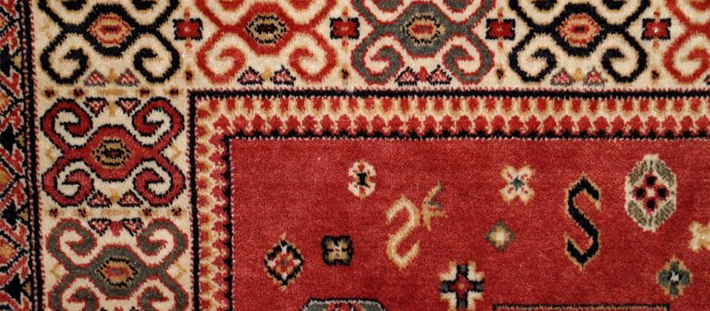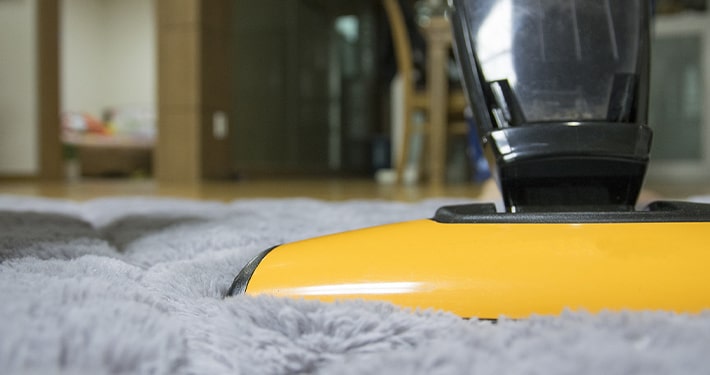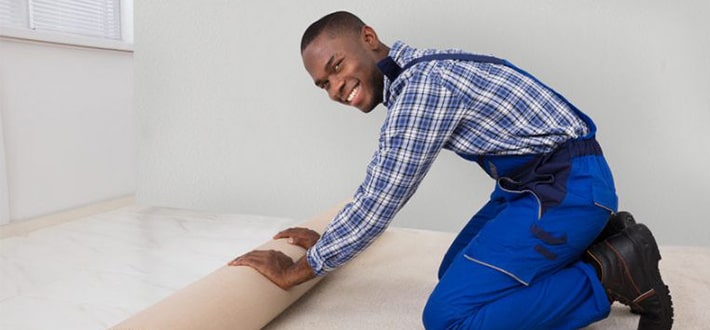As the most luxurious item in the world of floor covering, Persian rugs have a long history that includes some very recognizable patterns. In fact, any pattern that you see on an authentic, traditional Persian rug is more than just a pretty picture. It likely has a folk tale, or some other cultural significance, behind it. Here are a few of the most common patterns you’ll see on Oriental rugs.
Medallions
Medallions are a common motif in oriental rugs. They typically have a shape like a flattened diamond and include center ovals or circles. They come in a variety of configurations. The Central Medallion pattern has one large medallion on a rug, while a repeat medallion pattern can have three or more medallions repeated across the rug. You can also find rugs called “all over medallion rugs”, which have a repeating pattern of medallions across the entire rug.
Pictorial Rugs
Pictorial rugs have a scene depicting some piece of life across the rug. These often include scenes from Persian folk tale or history, or scenery from the daily life of a person in Persian history. These rugs tend to be very intricate and detailed, and are usually all-over patterns. They may have repeating motifs in a frame around the main picture pattern.
Tree of Life Rugs
One common Oriental rug pattern is the tree of life. This type of rug has natural foliage patterns in a geometric layout that can look a little busy to the eye at first glance. But a closer look reveals that the pattern is methodical, and that each branch of the tree has a mirror image in the rug. These are very intricate designs that are often given as significant gifts.
Motifs
Motifs are simple pictures that are often used in greater patterns in oriental rugs. For example, what many in the western world know as a “paisley” is called a boteh in the oriental rug world. Botehs are commonly seen in borders and other areas where filler pattern is needed. Other small picture motifs like this used for borders and corners include the gul, herati, rosette, Shah Abbasi, and Mina-Khani.
Other common motifs include peacocks, the symbol of immortality; dogs, the symbol of protection; irises, the symbol of liberty; the lotus, the symbol of rebirth; the star, symbol of spirituality; the pomegranate, which symbolizes fertility; and the ewer or jug, which symbolizes purity.
There are a lot of other motifs that can be used in authentic oriental rugs, and each has a symbolic meaning that tells a story of the weaver’s intent.
Searching for Meaning
If you have an oriental rug and you want to know what the patterns may mean, searching online could be very helpful. There are many collections of oriental rug patterns that can help you identify what your favorite rug may be trying to tell you.






